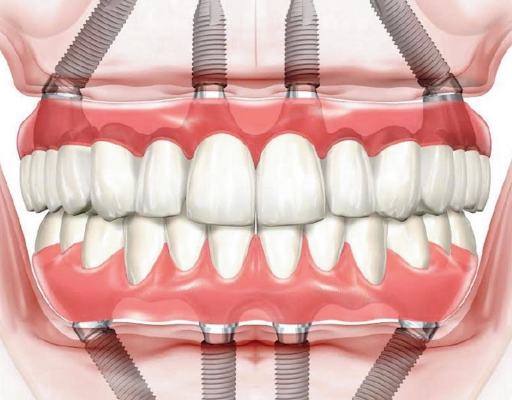The following article provides some essential tips for starting your dental practice. It will help you develop a checklist of tasks you need to complete before opening your practice, including preparing a Pre-opening inventory, choosing a location with less competition, and hiring a dentist. Follow these steps to set your practice on the right track. Then, in the future, you can retire or transfer ownership to a family member.
Table of Contents
Steps to starting a dental practice
Starting early is one of the best ways to build your dental practice. Whether you want to open your solo practice or partner with an established dentist, establishing your practice gives you several advantages. It allows you to customize your practice to your personality, determine your target demographic, develop your systems, hire your staff, and provide the same dental services you want. Choosing a location for your practice is essential, as not all areas are the same. Once you’ve decided, it’s time to build a professional website. You can also create Facebook ads to gain online brand recognition.
After you’ve located the perfect location, it’s time to hire staff. The first step in hiring staff is determining the salary range for each. You’ll need to decide what you can afford for each employee and make sure the pay is commensurate with the value of the services they will provide for you and your patients. Setting aside some money every month to cover business expenses is also a good idea. Be sure to budget for rent or mortgage payments, medical supplies, office supplies, and other costs. Make sure to hire an accountant or lawyer if you’re unsure of anything.
Pre-opening checklist
A pre-opening checklist for dental practice will include the steps you must take to set up your new practice. You may not take these steps in the exact order, and some tasks on your checklist may have to wait until you have secured financing. The process of setting up a dental practice is very complicated, and there are a lot of significant decisions to make.
After the construction phase is complete, dental equipment installation can begin. This process may take one to two weeks, depending on the size of your practice. Make sure you take into account several things to ensure that everything is installed correctly, including patient comfort and the position of dispensers. This task is very delicate, and mistakes in the installation process can cost you money and time. A pre-opening checklist for dental practice will ensure that everything goes smoothly and that you don’t have any issues during your first few days of operation.
Finding a location with less competition
When selecting a location for your new dental practice, consider its future. Too many dentists focus on price per square foot when choosing a new location, which may not be in their best interests. You may end up spending your real estate savings on marketing, and you may lose business to competitors. In contrast, finding a location with less competition will increase your chances of success. Listed below are some tips for choosing a location with less competition.
Consider whether the area has other dentists in your area. For example, if you plan to focus on fee-for-service dentistry, you might not need a highly populated office. However, you may need more space if you plan to practice on Medicare or Medicaid. In addition, you need to consider the number of co-tenants in the area and whether or not you will need a permit to build an office.
Hiring a dentist
Before hiring a new dentist to work in your dental practice, make sure you know as much as possible about their background. Some practice owners prefer to hire a dentist with extensive experience in the field. However, a new hire should also be able to fit in with the culture of the practice. If you have a vision for your new practice, you should be able to convey it to the new hire.
While associateships are a popular option for many dental professionals, they are not without risk. Half of these associateships fail for a variety of reasons. For example, the practice may be too big or too small for your skill set. You can increase your odds of success by taking your time when looking for a practice. You should also confirm that the owner would be willing to sell a part of the practice in the future.
Developing a business plan
A successful dental practice requires a detailed business plan. The plan should outline the business overview, staffing, loan repayments, risk management, location, and marketing strategy. The goal of this section is to convince your lender that you know what you’re doing and how to succeed. Ultimately, your plan will determine the success of your practice.
A dental practice business plan should include the following components: the business structure, a list of financial partners, management professionals, and daily operations. The business plan should also contain your financial statement and startup capital. You should also include projected profit and loss statements, break-even analysis, balance sheet, and cash flow. The business plan is not complete without a financial forecast. If you have a small business with limited staff, you can use a template provided by the ADA to create a detailed plan.





